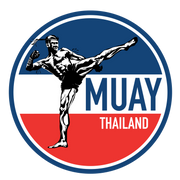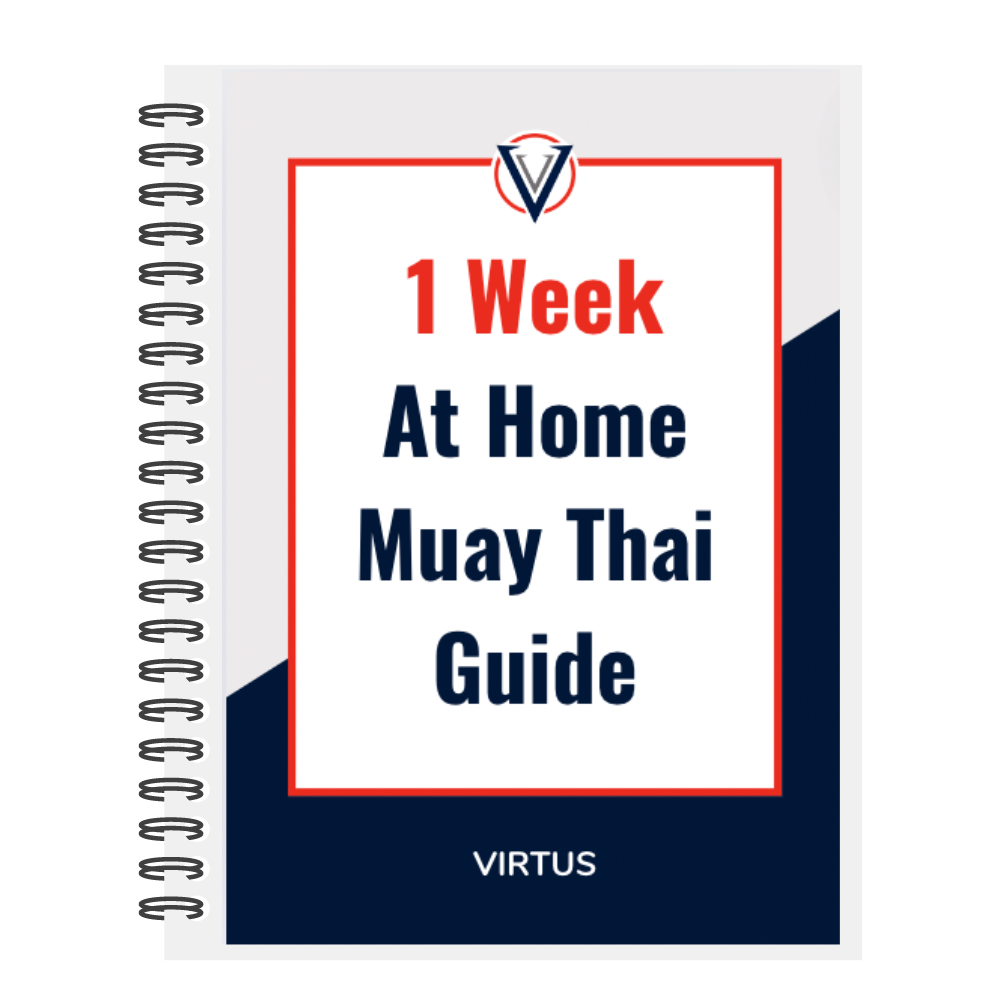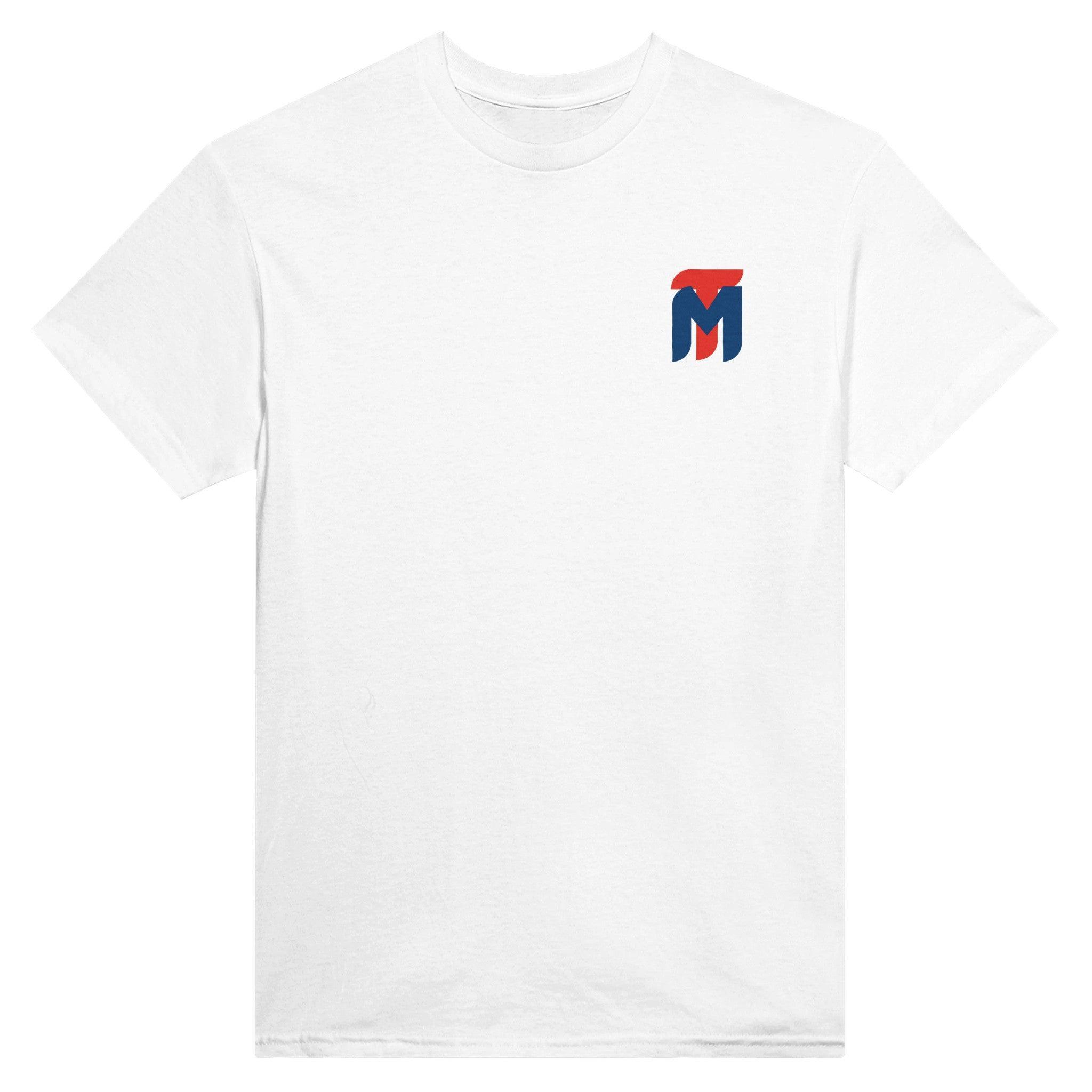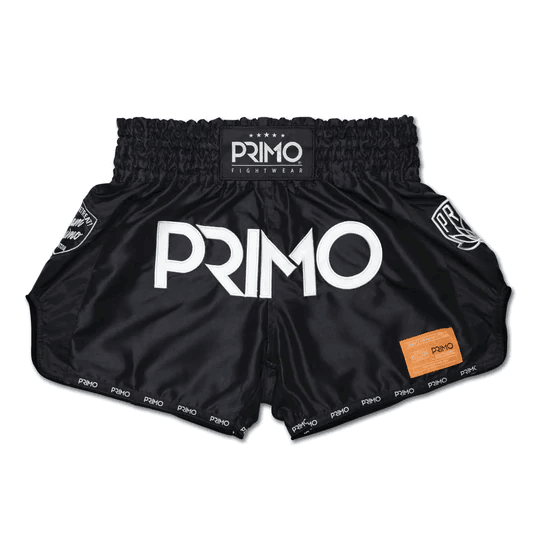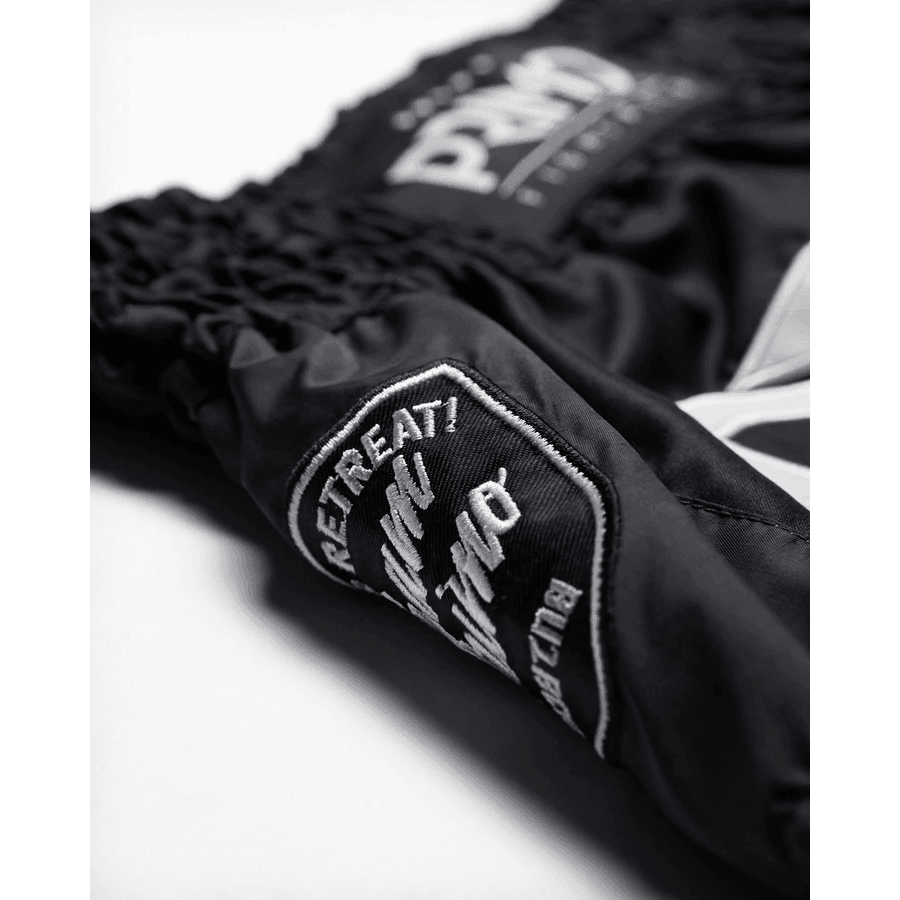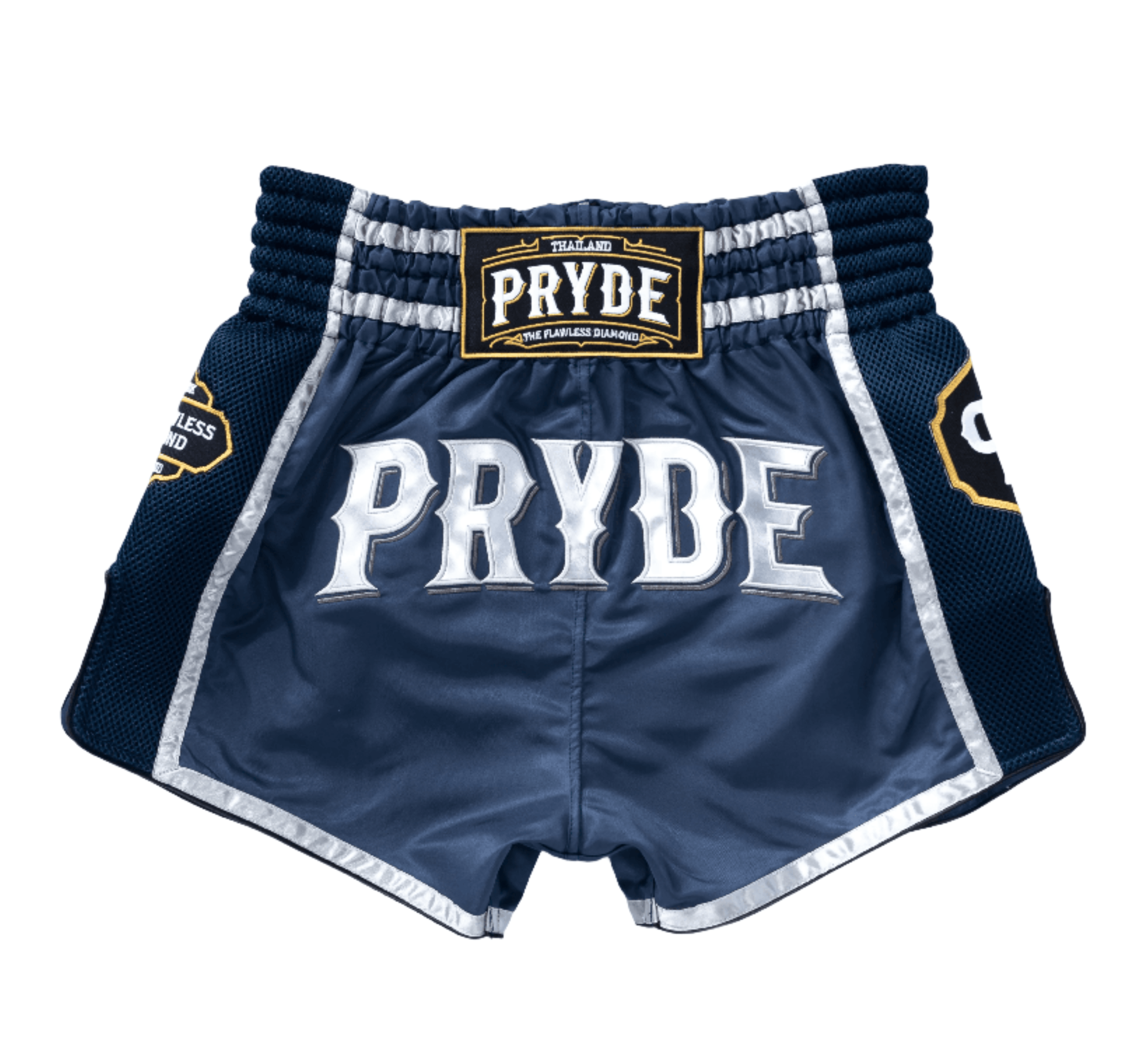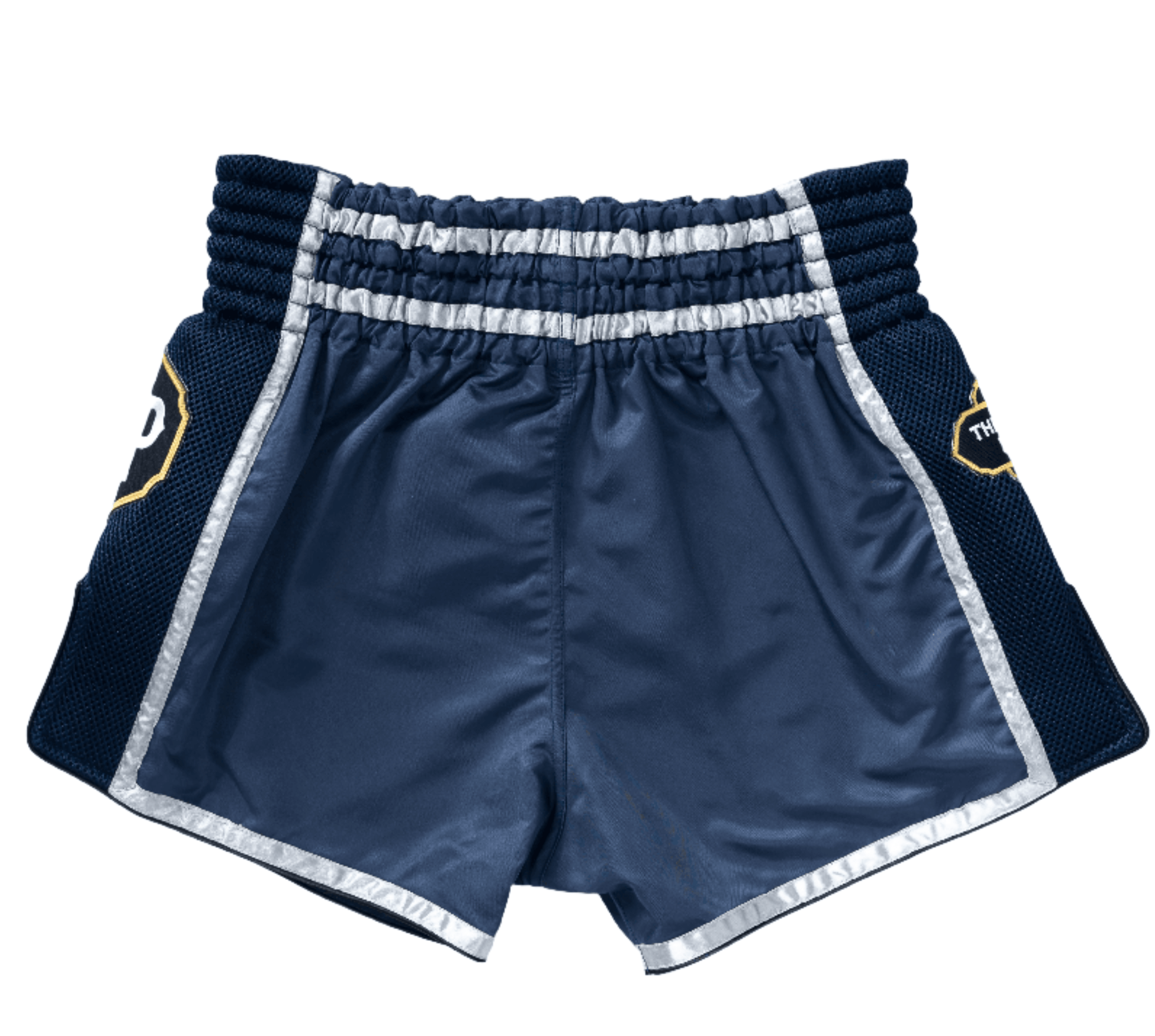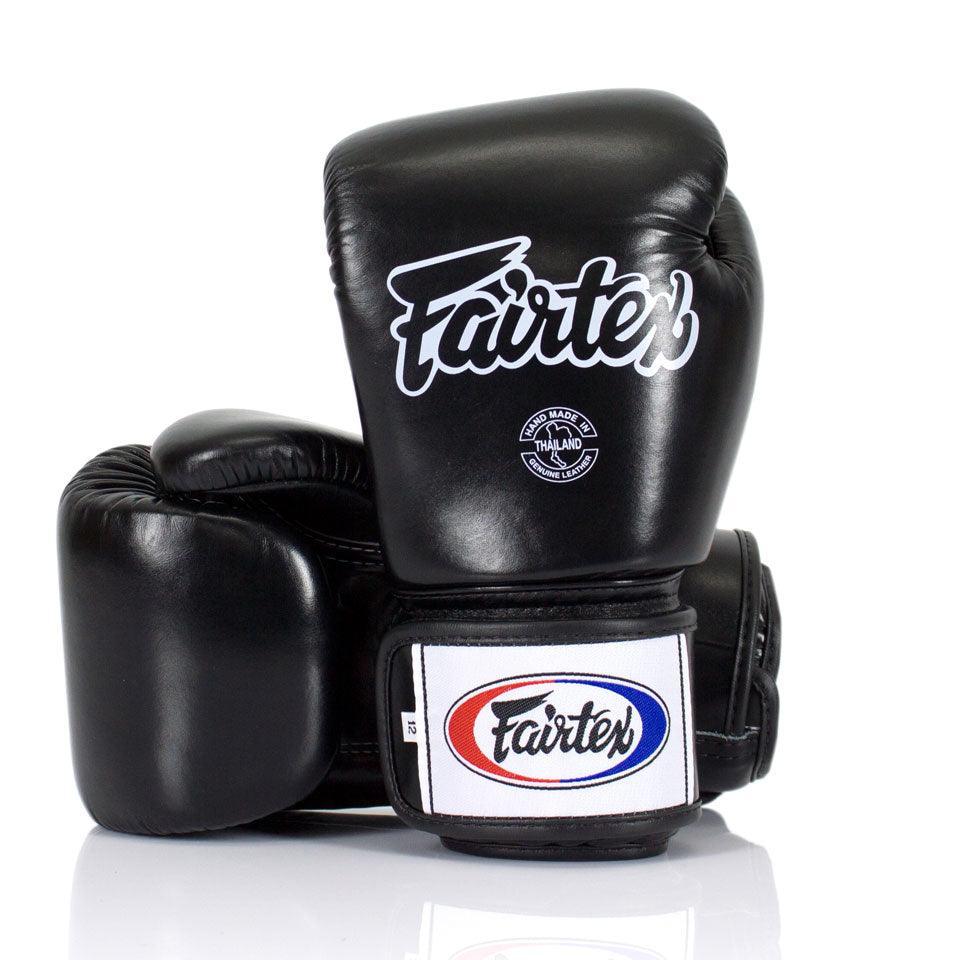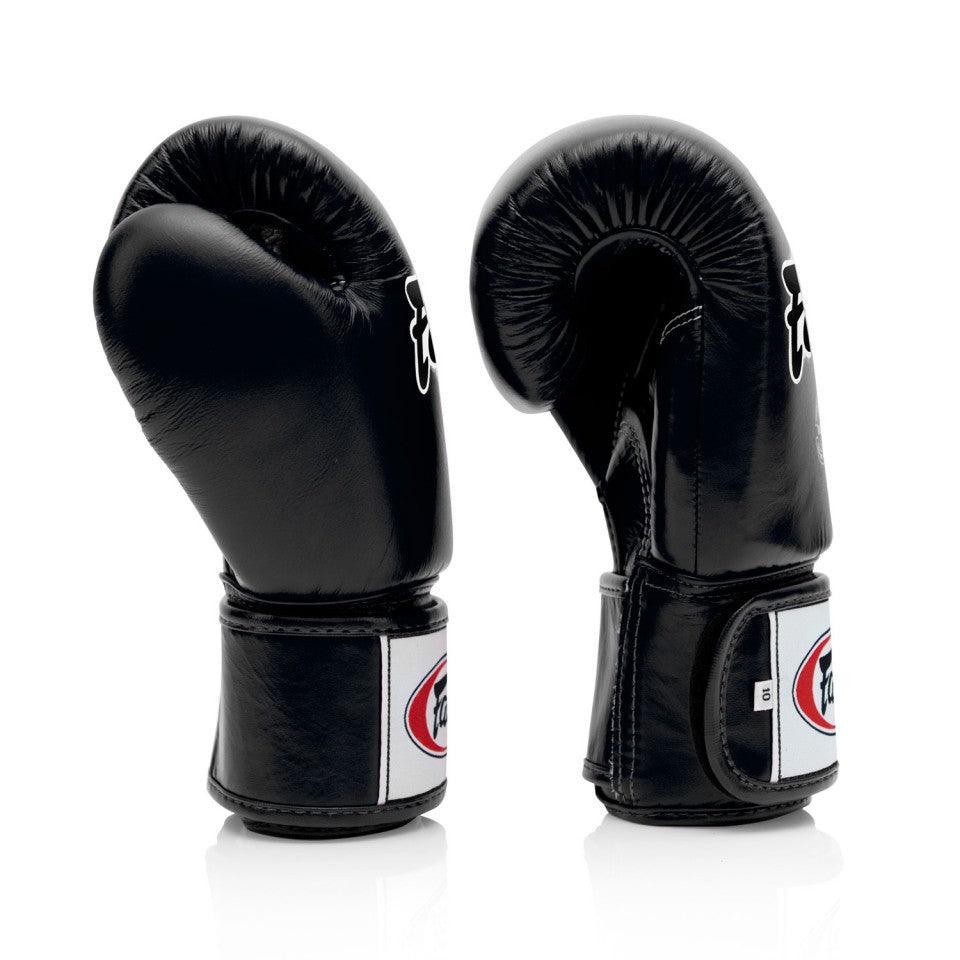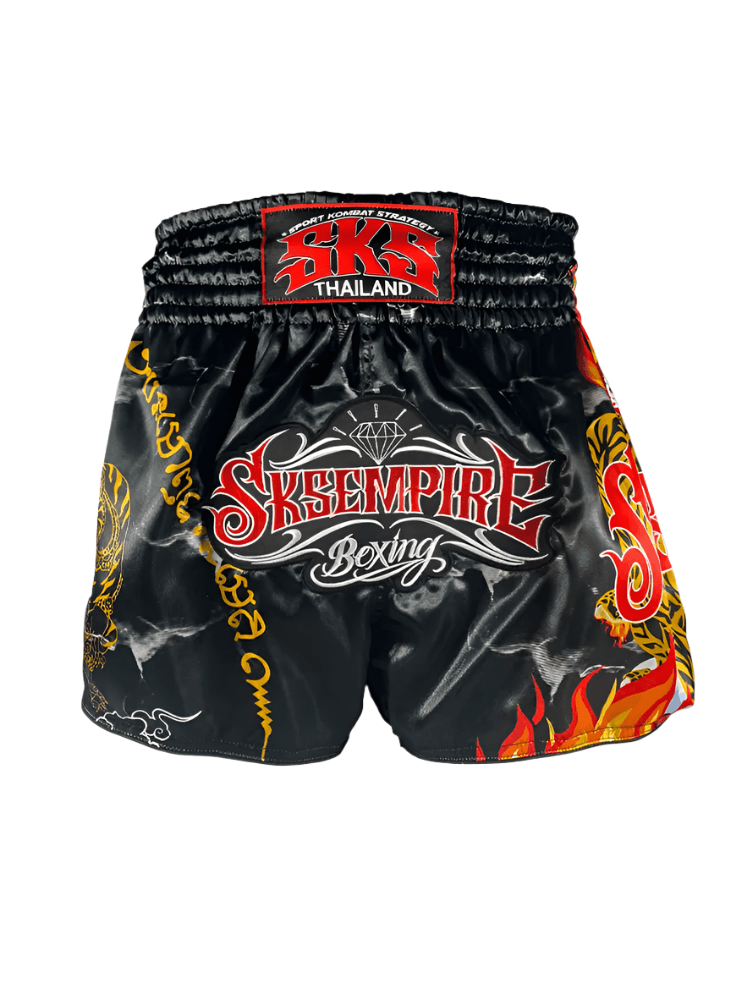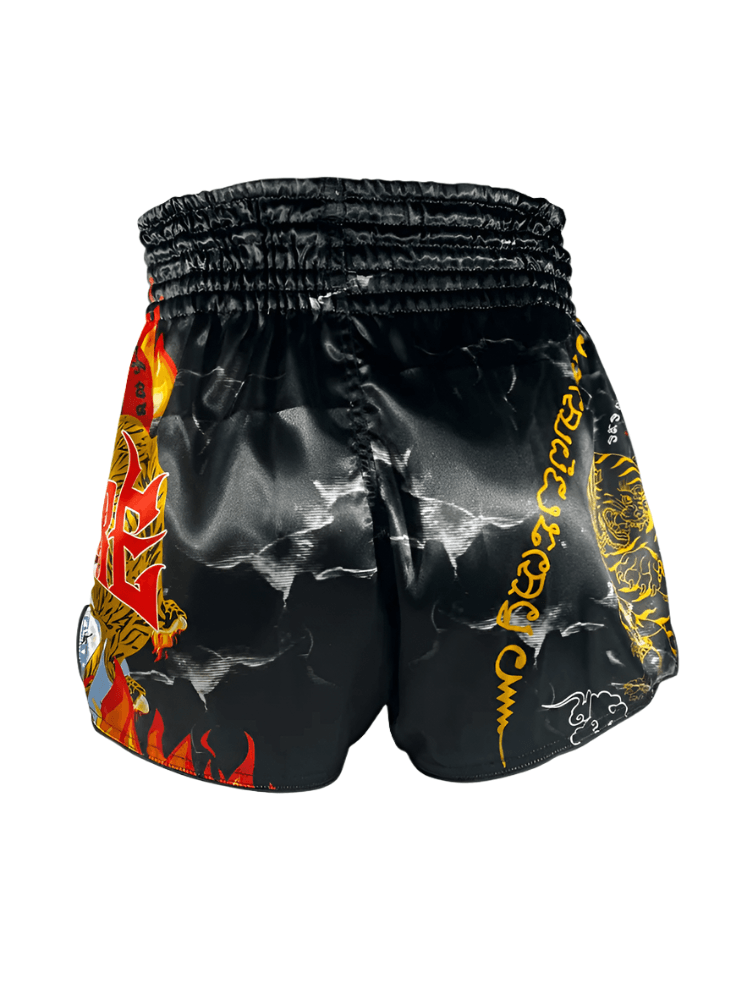Touch for range
Like the jab, teeps are incredibly useful for gauging range and provoking your opponent into a reaction. Given their reach is longer than the jab, teeps can be safely used to measure kicking range from the safety of the outside. If you're taller than your opponent, the teep will enable you to keep on the outside and frustrate your opponent to no end.
These teeps should be light and quick, aimed at either the legs or gut as to avoid them being caught. You don't need to fully extend or drive the hip into these strikes, in fact extending at the knee, rather than fully thrusting the hips, is often good enough.
The nature of this strike also makes it a useful feign or disruptive strike which can either set up a stronger strike of your own after it, or interrupt the movement or striking of your opponent. It's most often thrown with the lead leg, as its closest, therefore faster to reach out and retract.
Abdomen teep
Targeting a strong teep at the abdomen is especially useful as a defensive technique to stop an advancing opponent and off-balance them. It can also be very painful for the receiver, especially if they are advancing and breathing in at the time of contact.
Again, this is best executed swiftly and doesn't need to be powerful. As long as it lands accurately and firmly, it will achieve its goal in disrupting your opponent's forward movement and/or strikes. If thrown regularly in a fight, it'll become a major annoyance to your opponent and wear them down physically. It'll also force them to behave differently as they foresee getting struck every time they approach laterally.
This teep was a key strike Buakaw used throughout his legendary K1 tenure. None of his competitors had such a diverse and powerful teep as Buakaw, which he consistently used to off-balance and wear down his opponent's.
If aimed at the lower abdomen, you can make you opponent fold a bit when you strike with power. This will bring their head down slightly and off-balance them, thereby creating an opportunity for you to follow up with a stronger strike to the head, such as an uppercut, roundhouse kick or rear knee. You can use either leg for this teep, although it's given the speed of the strike, it's quicker to do so with the lead leg.
Thigh teep
Targetting the thighs with you teep is a sure-fire way to frustrate your opponent. If used with power and consistency, it can also deal damage and slow your opponents movement and striking speed. Typically, only the lead thigh of your opponent is targeted as it's a close target and reaching for their rear leg thigh with a teep exposes you to easy counter-strikes.
The thigh teep is best used when disrupting your opponent's advance and breaking up their rhytmn. This provides you opportunities to capitalise with another strike or move away while your opponent readjusts. It's most often thrown with your lead leg at the opponent's lead leg. To avoid it slipping off a sweaty leg, you can slightly turn your heel outwards, so the surface area of your foot has a larger chance of covering your opponent's thigh.
High and hard on chest to push back
Now for the first type of teep specifically designed to hurt and force your opponent back, not merely stop advancing or get unbalanced: the chest teep.
As you're aiming high with this kick, its important to strike with force, driving forward with your hips and your foot through your opponent. This reduces the likelihood of it being successfully blocked or caught, either of which open you up to immediate counters – for this reason it's also important to keep the hand opposite to your kicking leg tightly guarding your head. Your momentum and power will push your opponent back, freeing up space and giving you time to approach with a strong follow up strike, such as a low kick to their supporting leg.
Aiming at the solar plexus or above is ideal as it's above your opponent's centre of gravity, thereby ensuring imbalance and backtracking if there's sufficient power in the teep. You can do so with either leg, although the rear leg allows for added momentum by driving through with the strike and landing with the rear leg forward. You can also jump and power teep, undertaking a scissor motion in the air for added momentum.

Head Teep
The most devastating teep is the full powered one aimed at your opponent's head and face. As with all types of kicks aimed at the head, if executed with great speed and power, this can easily knockout your opponent, especially if you land on the chin.
The motions are the same as the chest teep, although you'll need to bring your striking leg's knee higher in order to target the face effectively. It's important to strike fast and hard as you'll be driving through your opponents guard. This means you're exposed to having your kick caught or your opponent slipping out of the way and countering while you retract your leg.
Again, you can jump and strike to the face with the same motion as the chest teep, although you'll need to bring your knees higher in the scissor motion and/or jump higher in order to strike the head. You'll be incredibly exposed doing this so its best used when your opponent is backing up and/or already hurt.

Conclusion
The teep is one of Muay Thai's most elegant, varied and destructive weapons. Mastering the motions and developing the variations into your style will bolster your overall game and arm you with a weapon that is useful against all types of opponent, in many different situations.
Many Muay Thai legends extol the teep's effectiveness and speak highly on how their teep mastery contributed to their success. It's easy to see why when studying their fights and training videos.
